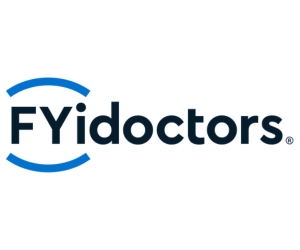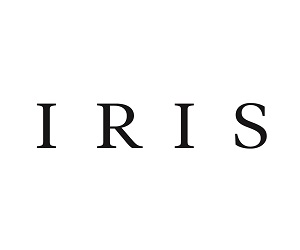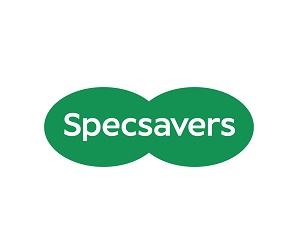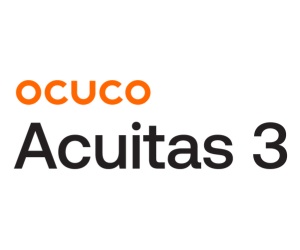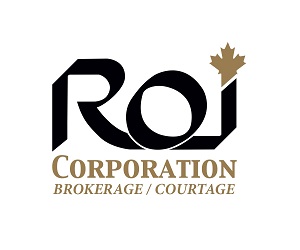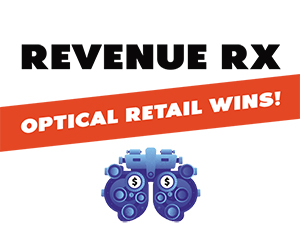
Roxanne Arnal, Optometrist and Certified Financial Planner© has made her article available in audio format.
Click the play button below to listen.
Dr. Roxanne Arnal, CFP®
My last article addressed your greatest asset and I introduced the concept of an asset protection portfolio. But what is an asset protection portfolio?
Essentially, it’s a plan that outlines how you will manage various risks to your assets.
For example, Professional Liability Coverage manages the risk you carry of causing real or perceived harm to your patients. In our increasingly litigious society, this coverage is vital to ensure that our livelihoods, our businesses, and our personal lives are not ruined due to a possible misjudgment along the way.
Review your Risks
Comprehensive financial planning includes a review of your potential risks and discusses the strategies to manage those risks.
- Identify the risks that could threaten your financial security.
- Quantify the risks.
- Determine if there is some way to mitigate the risks through planning.
- Transfer the remaining risks that you are unable or unwilling to assume yourself to an insurance company.
For significant life changing events, like premature death or developing a debilitating illness for example, it may be prudent to transfer as much of the financial impact as possible.
Where transfer is not done, you would ultimately assume the financial burden of unexpected, and potentially catastrophic events. This can have a significant impact on your assets – both on you as the asset generating machine, but also on the physical assets themselves.
From a health perspective, given todays ever advancing care, we often survive, what in the past, would have killed us. Both my husband and I are proof of how advancements in health care save lives, where previously premature death was inevitable.
As a result, it is more important than ever to ensure that we don’t drain our savings in our fight for survival. Transferring risk permits us to adapt to our new situation while maintaining a manageable standard of living for us and our families.
Asset Protection Process
- Evaluate the impact of the risk. Consider: would the risk be of:
- Minor consequence?: Where the potential financial loss is very low, it is likely very manageable within your overall financial situation. Think of smashing your cell phone. Annoying? Yes. Does it create a financial stress on your family? Likely not.
- Substantial consequence?: Where you would face serious financial difficulties that would lead to a reduction in your standard of living, you will want to ensure you have reviewed risk transfer options.Your inability to work for six months after an accident is one such example.
- Dire consequence?: Where it would result in significant financial loss that could lead to bankruptcy or the disposition of most assets, you will definitely want to transfer the risk.The everyday example we live here is the risk of malpractice.
- Review the probability of the risk occurring in relation to the impact it would create, and allocate premium dollars accordingly. For example, what are the odds of your house catching on fire? There were only 5,951 residential fires in all of Ontario in 2014. The odds of you developing a critical illness? 26% for a non-smoking 35 year old male before the age of 65! (You can review your own risk through the Insure Right Calculator by Manulife.)
- Select the appropriate asset protection strategy. There are 4 basic strategies:
- Risk Avoidance – can you avoid the potential risk? For example, you can avoid the risk of an ice mountain climbing injury by choosing not to ice mountain climb.
- Risk Reduction – can you reduce the probability of the risk occurring? For example, you can use your seatbelt every time you travel by vehicle.
- Risk Transfer/Sharing – can you transfer the cost or share the cost of a risk occurrence with another party? For example, you can’t afford substantial time off work and support your family should you suffer a major injury. You may have an emergency fund equal to 3 months of expenses, but it’s highly unlikely you have sufficient savings to cover your needs until age 65. Perhaps a disability income replacement policy would be wise.
- Risk Retention – for all risks not avoided, reduced or transferred to a third party, you ultimately retain the risk yourself and assume full responsibility for the financial impact it may have. Replace that broken phone? An inconvenience, but it won’t create financial ruin for years to come. Suffer a stroke? Well that’s a different story.
Have you analyzed your areas of risk and how you will handle them? As your personal CFO, I’m here to help you figure it out and explore the different options so you can make smart financial decisions with confidence.
Business risks? Well, that’s a topic for another day.
References:
Manulife Insure Right – What’s your Risk? Which references: Critical illness probability based on combined incidence rates for Cancer (“New cases for ICD-03 primary sites of cancer: 2002-2007”) and the Heart and
Stroke Foundation of Canada (“The Growing Burden of Heart Disease and Stroke in Canada, 2003”).
Fire Statistics in Canada, 2005-2014, published by Statistics Canada, September 2017

ROXANNE ARNAL,
Optometrist and Certified Financial Planner
Roxanne Arnal graduated from UW School of Optometry in 1995 and is a past-president of the Alberta Association of Optometrists (AAO) and the Canadian Association of Optometry Students (CAOS). She subsequently built a thriving optometric practice in rural Alberta.
Roxanne took the decision in 2012 to leave optometry and become a financial planning professional. She now focuses on providing services to Optometrists with a plan to parlay her unique expertise to help optometric practices and their families across the country meet their goals through astute financial planning and decision making.
Roxanne splits EWO podcast hosting duties with Dr. Glen Chiasson.














